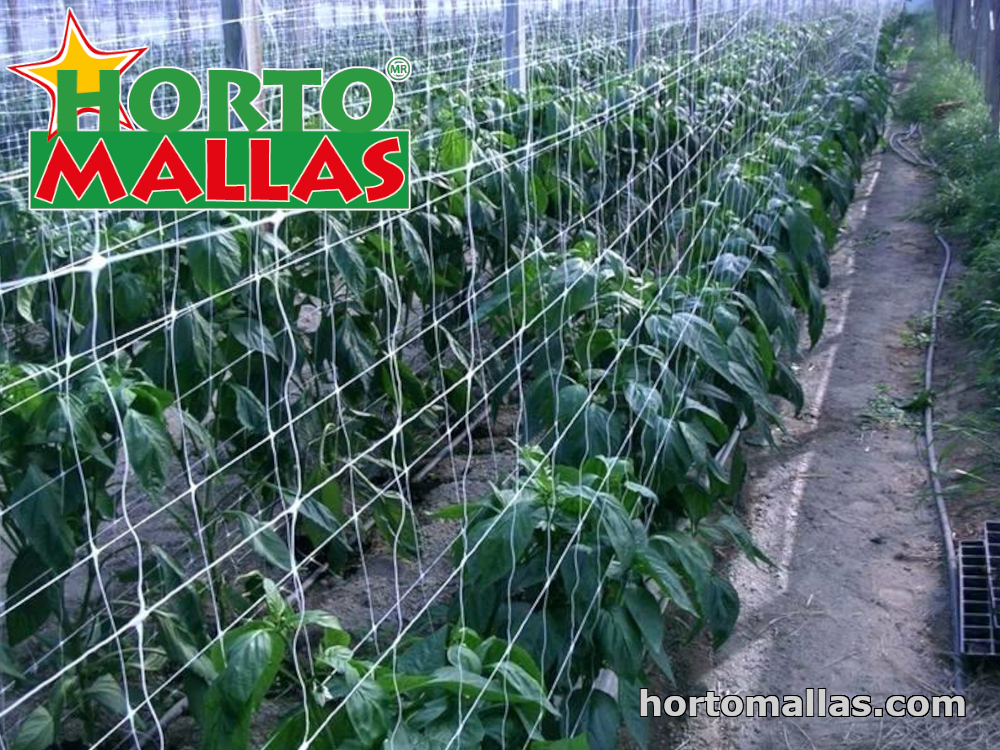The fall in usage of Agricultural raffia twine
Unfavorable effects of Agricultural raffia twine
Growing plants, fruits, vegetables or grains, need a lot of care and support. Either it’s about home gardening or large scale agricultural farming, plants demand proper maintenance and provisions. Agricultural raffia twine was one of such maintenance system that was used for supporting fruits loaded branches of plants. Raffia is actually an artificial raw material used in textile industry. It is extracted from polymers and looks like threads. In the light of various evidences, it is worth noting that raffia twine was not actually agricultural raffia twine. This means that the purpose of this product was not to serve in agricultural or farming usage. In fact it can cause real damage to the plants, particularly when they are in fruits’ maturity time. Decades ago, there was ample use of agricultural raffia twine by agronomists because it was cheap, light weighted, robust and easily available. With the passage of time, its preference became obsolete and its usage started to decrease rapidly.
Six major contributors to the fall of agricultural raffia twine
There were a number of reasons that made agricultural raffia twine unwanted and proven to be detrimental. Some of these negative points are discussed here:
- It was fungus adapter. Pestilences of fungal bacteria were commonly observed among threads. These micro-organisms used to stick in twine grooves and produce toxic germs.
- As the agricultural raffia twine becomes infected, there were high chances of transferring such infections to the agricultural products.
- The complex structure of raffia applied in plants, needed to be reconstructed again and again, as the size of plants increased with its growth. Great time and labor were spent for these reconstructions. Thus the growers had to bear high labor costs.
- If a part of netting is cracked, it is not repairable, rather whole net needed to be replaced.
- Due to its complicated maintenance, either it is replacing a net or modifying its structural design, there was always a threat to the health and life of the plants.
- Despite of employing man power and spending a lot of time on building agricultural raffia twine’s structure, the netting could not be used for the second season, but is wasted at the end of cultivation.
Replacement of agricultural raffia twine
Despite of these negative aspects, agricultural raffia twine was used for a very long period of time in agriculture sector. The raffia twine was itself economical and easily adaptable. With its usage, particularly vertical farming was improved. Plants were more open to the sunlight and ventilation, which enhanced their health. It was available in different types and versions. Commonly used types were offered with three or four stands made up of polyester material top. The netting of raffia twine was usually made up of regular fiber threads, sisal webs and twisted nylon threads. Afterwards a number of stake products were launched in market and these products were good substitutes of traditional raffia twine. These products saved the cultivating cost of farmers and also increased their production efficiency.
One of such agricultural support product is ‘plastic mesh’. They are a sort of plug and play farming device. These plastic meshes are installed quickly in gardens, farms and crops area and need no readjustments or reconstructions with the growth of plants. In this way they save time and labor both. In contrast with the agricultural raffia twine, these meshes are inorganic substances. They can be cleaned by washing and can be reused for three to four times at least. So these are considered as cost saving and improved quality products.
There are a number of plant stakes available nowadays for the production of plants and crops. They increase the production capacity of fertilized crops and proven to be the best remedy for the prevention of plants diseases and assure healthy harvesting. Some of these are stood alongside plants and some are tied with the stem of plants. These plant stakes are widely used in growing tomatoes at large scale. They not only support plants in their development but sometimes also make their growth in desired course or direction of the cultivator. These plant stakes are also used in indoor growing of plants such as greenhouses. On the other hand when it is about cultivation on large area field, hail netting is also used for the protection of crops from any damage caused by hailing, storms and other natural disasters. The structure of hail netting depends upon the pattern of plants grown, their quantity and size.
Another simple and cost effective technique to safeguard the agricultural products is ‘tutoring’. The traditional agricultural raffia twine required manual knitting of threads but tutoring is way too simple as compared to that. The fiber rings of tutoring can also be used side by side with other sort of nettings. Sometimes hortomallas are used on different nettings. These are sluggish agricultural chemicals which increase the life and strength of threads which are used in crop netting. Hence the net becomes able to be used over and over. This also strengthens the netting to resist against heavy rainfalls and strong winds. These hortomalls are considered as a perfect replacement to traditional raffia twine. They also decrease the physical stress on plants, specifically when they are loaded with fruits. On large scale, the decrease in this stress leads to a positive increase in the production of agricultural products such as fruits, vegetables, crops and other plants. These advanced products also minimize the necessity of physical variations in plants as cutting off any of the part of a growing plant decreases its growth and fertility.
